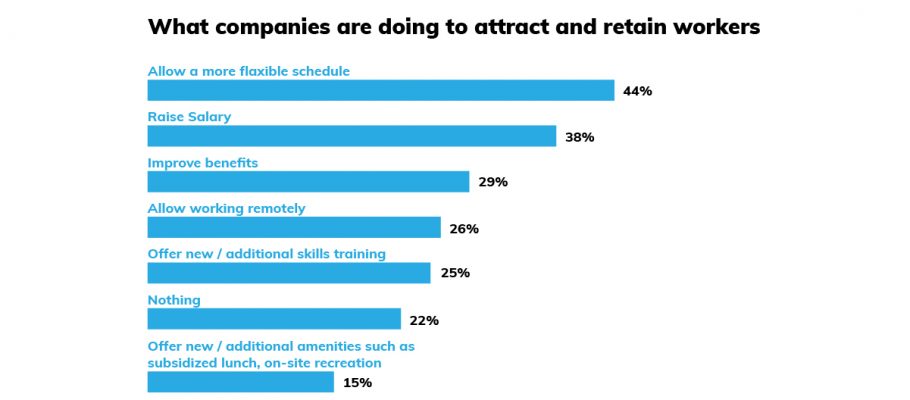In 2019, remote employment secured its position as more than just a trend but as a mainstay in American business. With 62 percent professionals working on a remote basis either full-time or at some frequency, according to Owl Labs’ State of Remote Work Survey, remote work was quickly becoming the norm.
In 2020, this flexible option has abruptly become mandatory. In the economics of the Coronavirus pandemic, organizations were forced to switch in order to survive. And for this purpose, they need to keep their remote teams virtually connected, no matter how spread out they are. Not only to drive connection between employees, but also to ensure productivity.



















